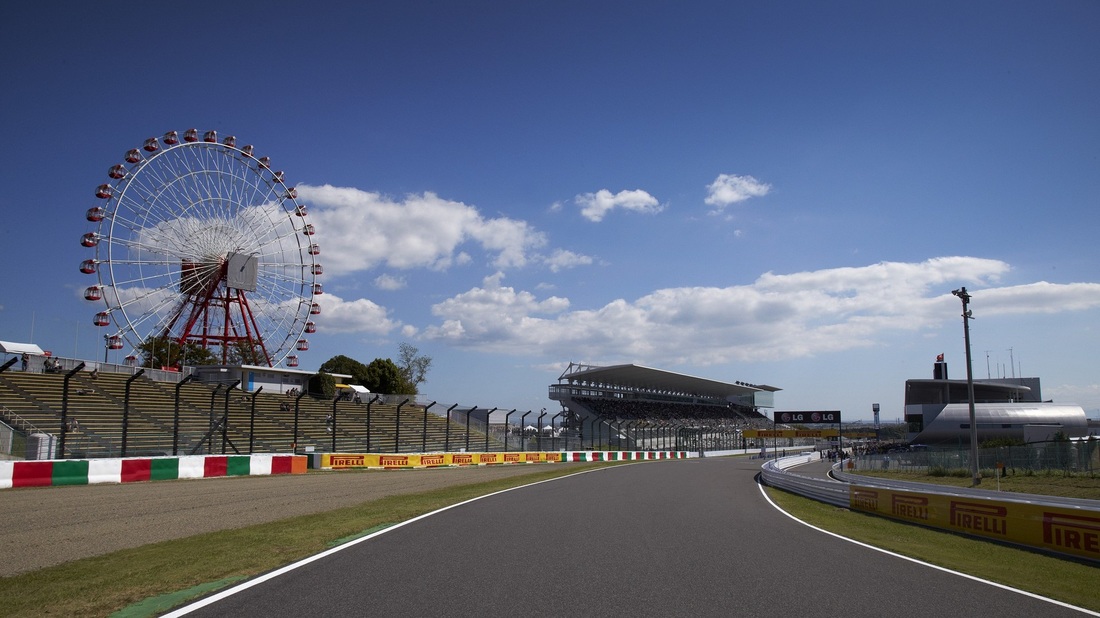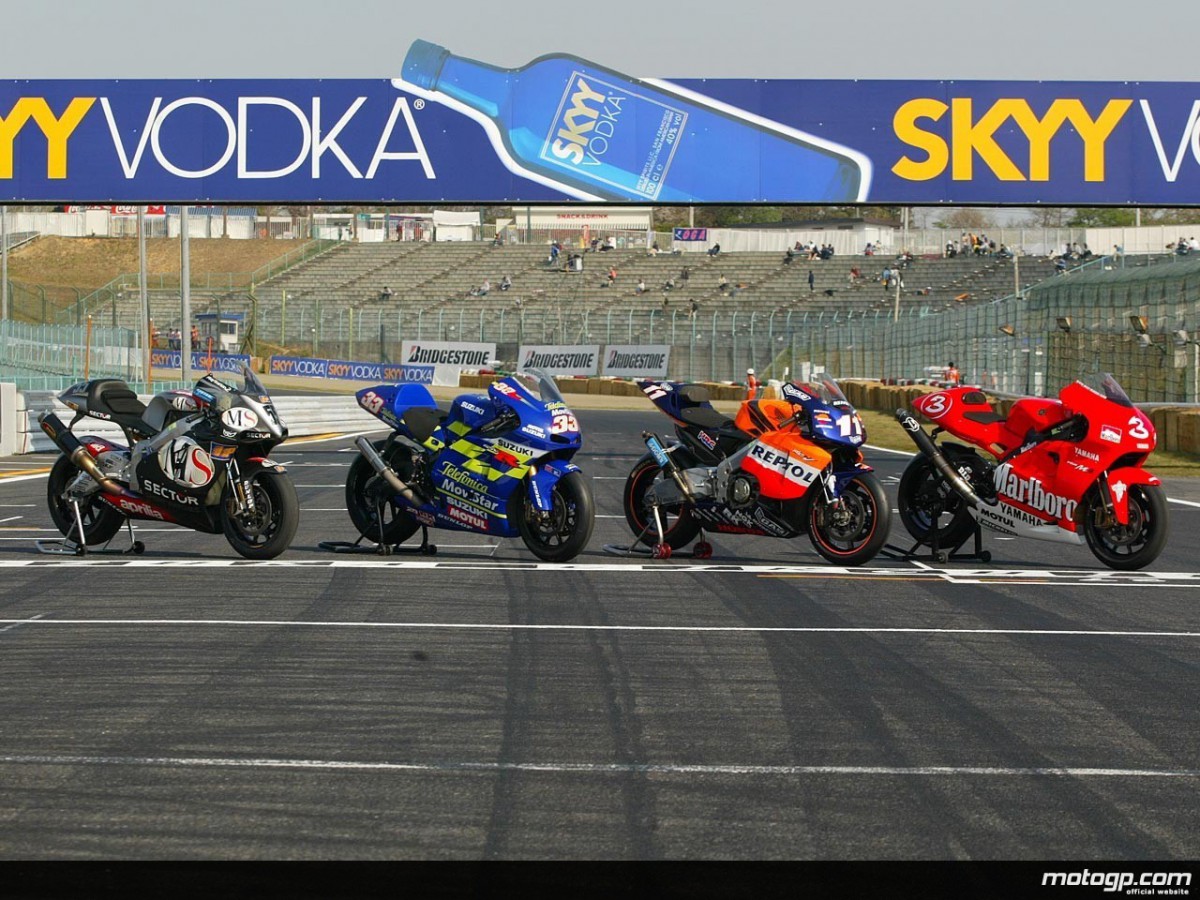Description
The Suzuka International Racing Course , more famously known as the Suzuka Circuit, is a 5.807 km (3.608 mi) long motorsport race track located in Ino, Suzuka City, Mie Prefecture, Japan and operated by Mobilityland Corporation, a subsidiary of Honda Motor Co, Ltd. It has a capacity of 155,000.
Soichiro Honda decided to develop a new permanent circuit in Mie prefecture in the late 1950s. Designed as a Honda test track in 1962 by Dutchman John “Hans” Hugenholtz, the most iconic feature of the track is its “figure eight” layout, with the 1.2 km (0.75 mi) long back straight passing over the front section by means of an overpass. It is one of only two FIA Grade 1 licensed tracks to have a “figure eight” layout, the other one being the Fiorano Circuit.
The circuit has been modified at least eight times:
In 1983 a chicane was inserted at the last curve to slow the cars into the pit straight; the original circuit was an incredibly fast track with only one slow corner; without the Casio chicane some cars would go through the final long right-hand corner flat out and then would go past the pits at more than 200 mph (320 km/h). In 1984 the first part of Spoon was made slightly slower and the corner was brought closer to the track to expand run-off area there, and in 1985 the first corner was made slightly slower.
In 1987 the circuit was brought up to F1 and Grand Prix motorcycle standards for both Japanese Grand Prixs of their respective championships, the F1 Grand Prix being the first held at Suzuka. The Degner curve was made into two corners instead of one long curve, and more crash barriers, more run-off areas were added, exposed vegetation was barricaded off and straw bales were removed (but still used for the Japanese motorcycle Grand Prix).
In 2002, the chicane was slightly modified, 130R (marked as 15 on the diagram) was also modified and some of the snake curves were made a bit straighter and faster; additionally, the runoff area at the Dunlop Curve was doubled from 12 metres to 25 metres, and the corner itself was made slightly tighter.
In 2003, the chicane was made slightly faster and closer to the 130R.
Following the death of Daijiro Kato at the 2003 Japanese motorcycle Grand Prix, Suzuka reconfigured the motorcycle variant of what is now known as the Hitachi Automotive Systems Chicane before the final turn, and added a second chicane, between the hairpin and 200R.
The circuit can be used in five configurations; the car full circuit, the motorcycle full circuit, the “Suzuka east,” “Suzuka west car,” and “Suzuka west motorcycle” configurations. The “east” portion of the course consists of the pit straight to the first half of the Dunlop curve (turn seven), before leading back to the pit straight via a tight right-hander. The “west” course is made up of the other part of the full circuit, including the crossover bridge; the straight leading to the overpass is used for the start/finish line and the grid. The chicane between the hairpin and 200R separates the west and full course sections between cars and motorcycles.


Suzuka International Racing Course v1.1
Included 8 Hours, East, West and West Chicane layouts.
TV Cameras created by Gzehoo
If you want to appreciate the time and work put into all my work, donations are welcome 🙂
Thank you!



